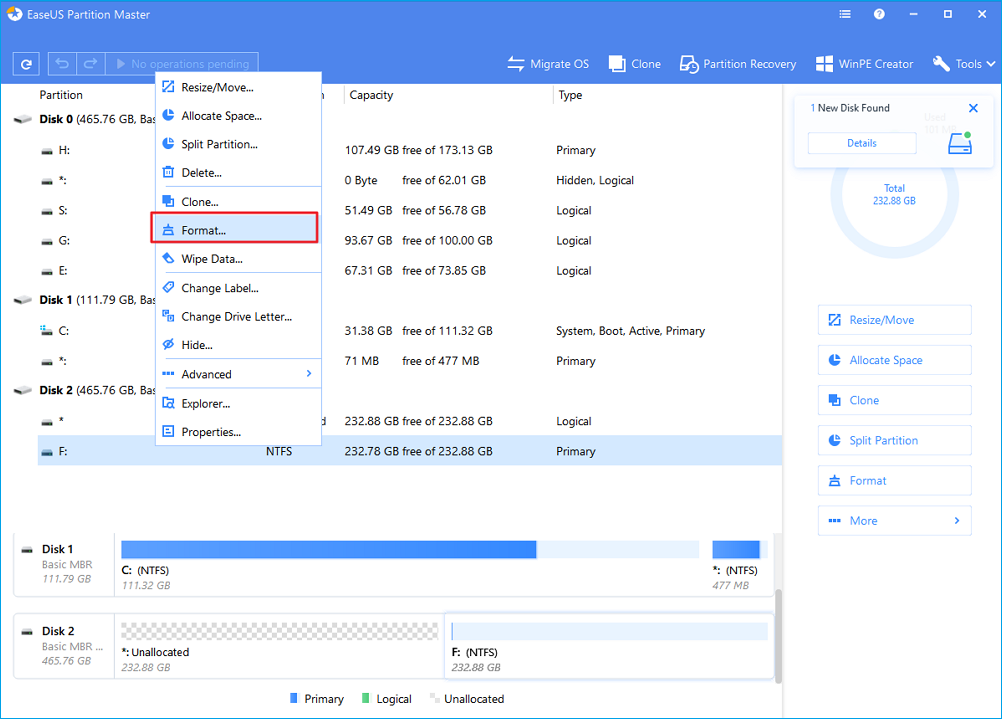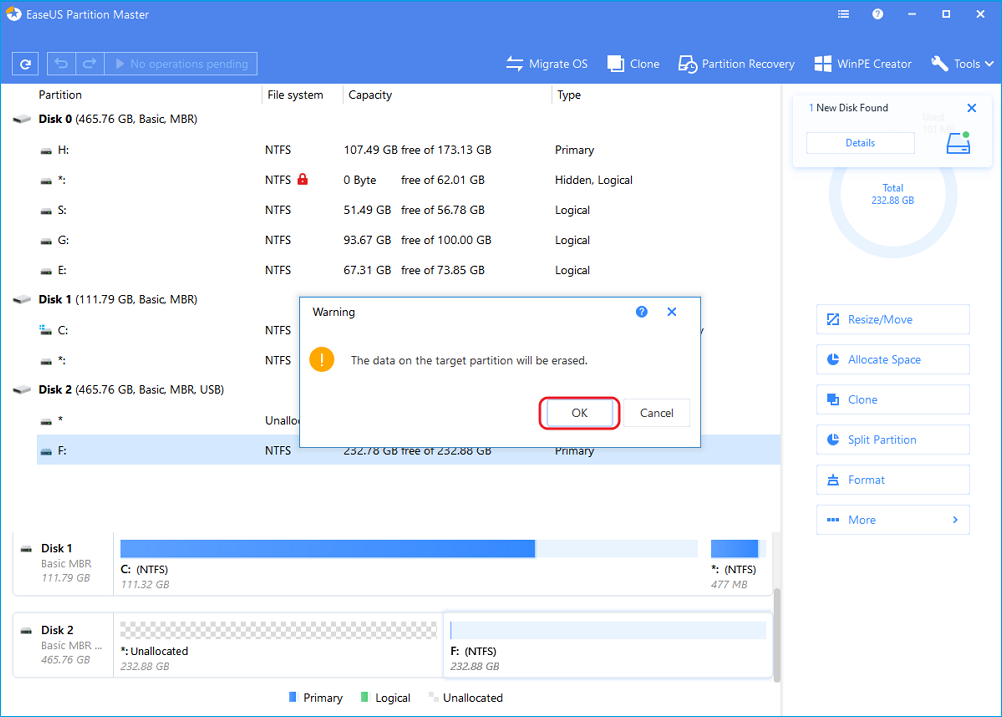Why Do You Format USB Flash Drive
The storage devices that are widely used nowadays are typically HDDs and SSDs, which are always set up on a PC/Mac to install the operating system and store data files. Meanwhile, there are many other types of prevailing devices with more flexible features for different purposes. Yes, they are removable storage devices such as USB flash drive. The truth is that no matter what drive you're using, it must have a valid file system so that Windows can recognize it and put it to use.
What's more, it's inevitable to develop bad sectors or corruption issues on a specified flash drive after a long-time use. By formatting, you can easily fix any USB flash drive, pen drive or memory stick that is write protected, virus infected, corrupted, damaged, unreadable, unrecognized by PC and Mobile.
So here comes the question, how to format a USB flash drive? This page mainly illustrates how to format a USB flash drive using Windows inbuilt Command Prompt, and the following is the detailed guide you should strictly follow.
How to Format USB Flash Drive from Command Prompt
For your information, any form of disk formatting will completely erase data, so backup as many as important files before the start. Altogether, you'll walk through the whole formatting process in eight steps, and the time spent will depend on the USB flash drive capacity and used space on it. (The following steps are performed on Windows 10 PC.)
Step 1: Type cmd in the search box, then you can get the best match called Command Prompt. Right-click on it and choose "Run as administrator".
Step 2: On the Command Prompt window, type diskpart and press "Enter".
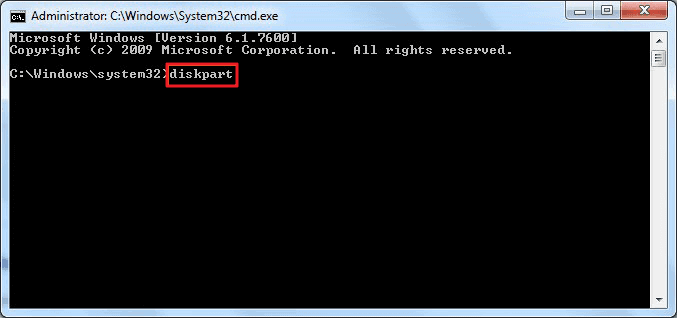
Step 3: Type list disk and press "Enter". According to the list disk information, check which disk is your USB flash drive. For example, disk 2.
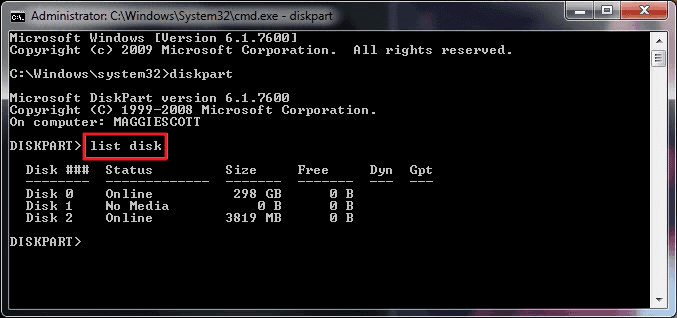
Step 4: Now type select disk 2 and press "Enter".
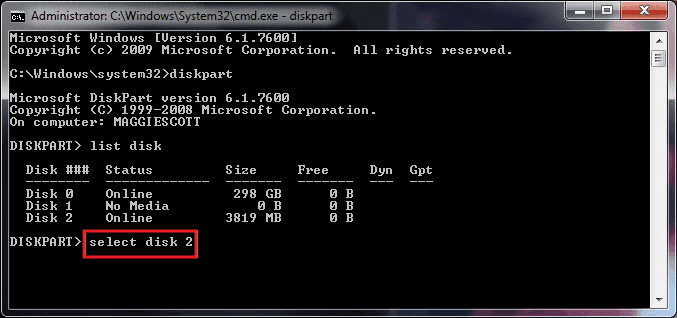
Step 5: Type clean. Wait some time for disk erasing.
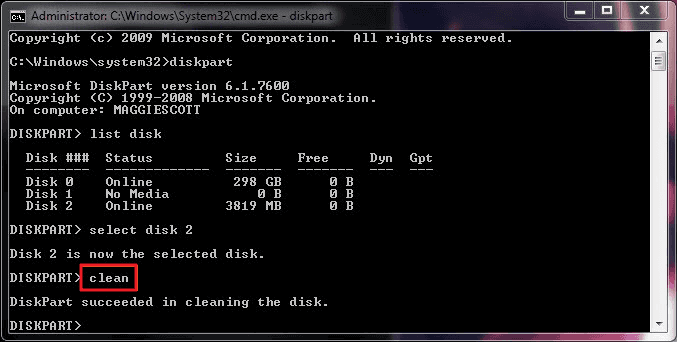
Step 6: Type create partition primary and press "Enter".
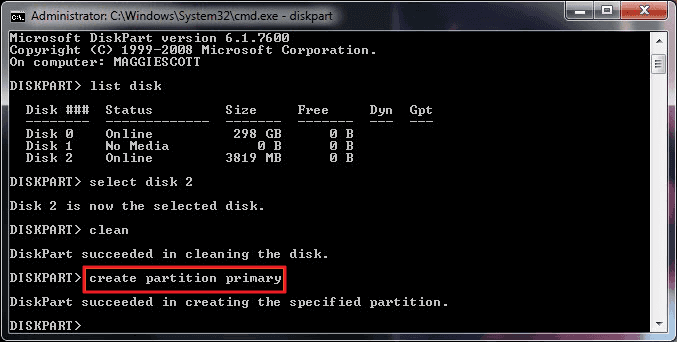
Step 7: After diskpart successfully created the specified partition, type format fs=ntfs and press "Enter". If you prefer other file system formats, change the command ntfs to the desired one such as fat32, exfat, etc.
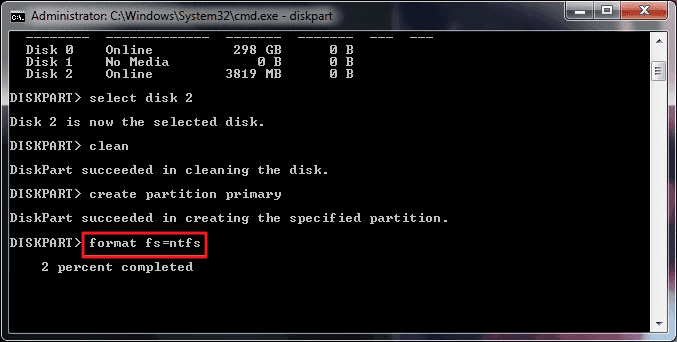
Step 8: Type assign to create a drive letter to the flash drive.
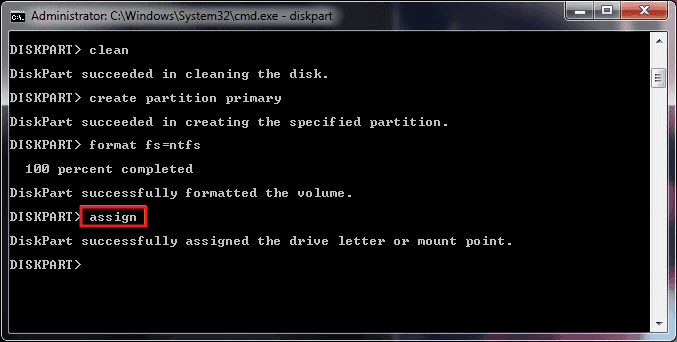
# Advantages of using cmd
As you know, there is more than one way to perform a formatting task in Windows OS, but why would we recommend you such a complicated approach? It's the most helpful and powerful!
In some cases, you can only use the diskpart command to format a USB flash drive or hard drive. For example:
- Windows was unable to complete the format
- The formatting doesn't complete successfully
- Raw drive cannot be fixed and formatted using Disk Management
# Errors you may encounter while using diskpart
- Diskpart has encountered an error access denied
- Diskpart format fs=ntfs stuck at 0, 10, 11, 12...completed
Will You Prefer USB Format Tool
Viewing from the noticeable advantages of using cmd to format USB flash drive, we think that you might be interested in an easier way of disk & partition formatting. It's a third-party free partition manager, which is recognized as the best USB format tool. Try it once and you will definitely like it.
Step 1: Launch EaseUS Partition Master, right-click the partition on your external hard drive/USB/SD card which you want to format and choose the "Format" option.
Step 2: Assign a new partition label, file system (NTFS/FAT32/EXT2/EXT3), and cluster size to the selected partition, then click "OK".
Step 3: In the Warning window, click "OK" to continue.
Step 4: Click the "Execute Operation" button in the top-left corner to review the changes, then click "Apply" to start formatting your external hard drive/USB/SD card

